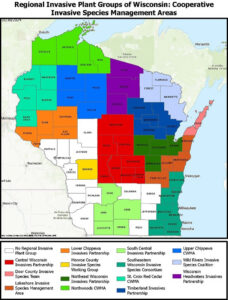
By Art Kabelowsky, DNR Outreach and Communications, Fitchburg;
Arthur.Kabelowsky@wisconsin.gov , 608-335-0167
The members of the Wisconsin Department of Natural Resources (DNR)’s Forest Health team are often asked by media to educate their listeners, readers and viewers about the forest health topics of the day.
Wisconsin Public Radio (WPR) is in frequent contact with Forest Health team members and makes its broadcasts and articles available to the public online.

